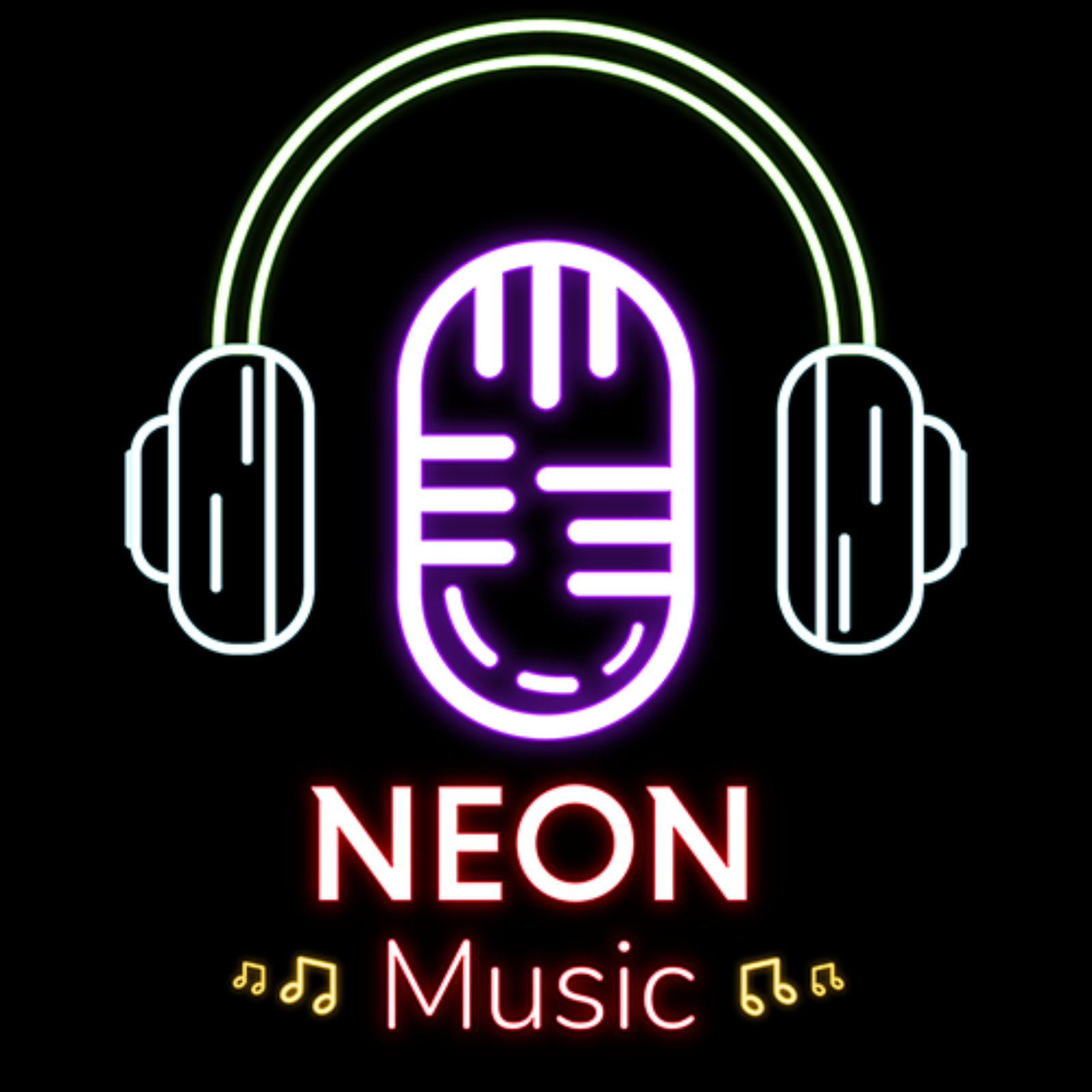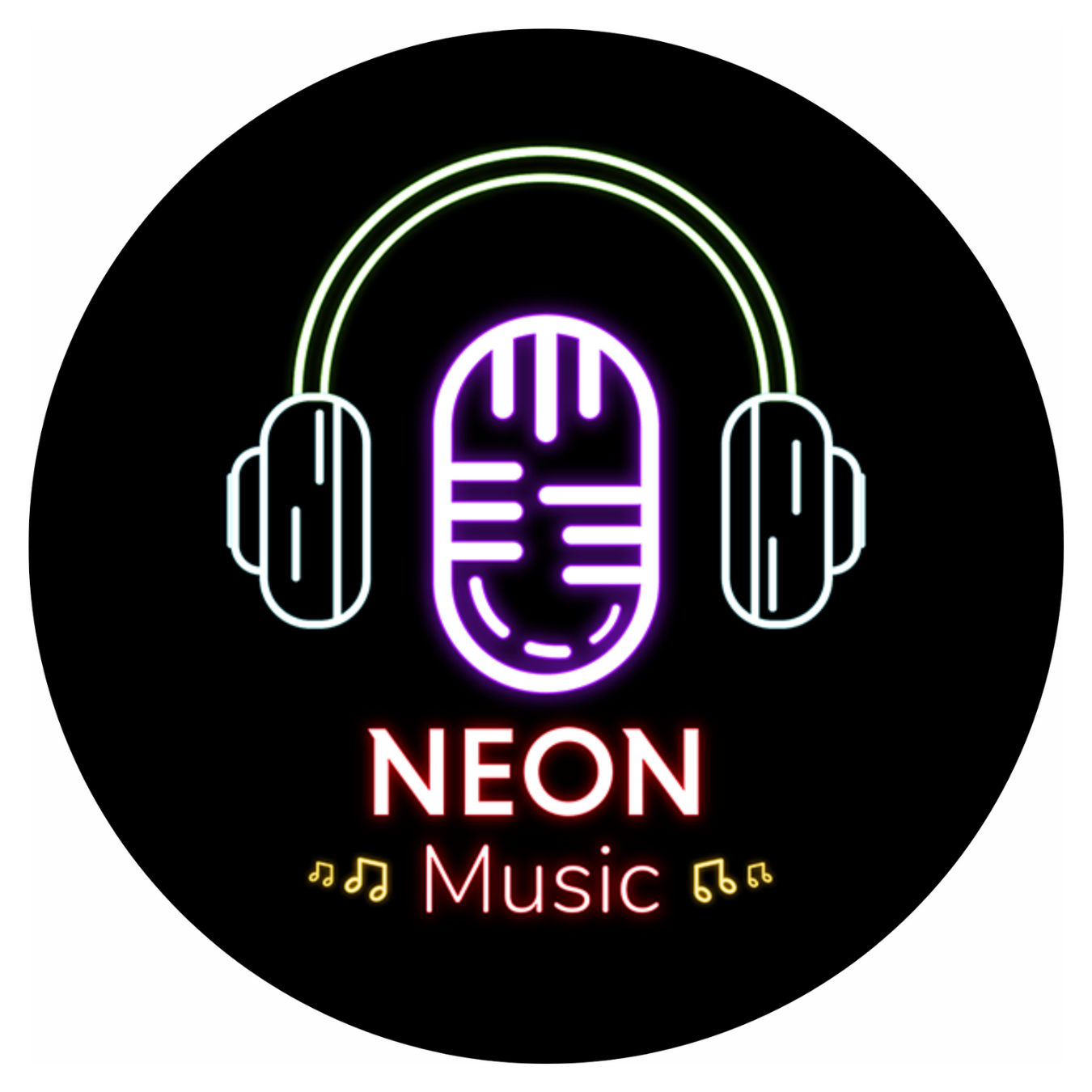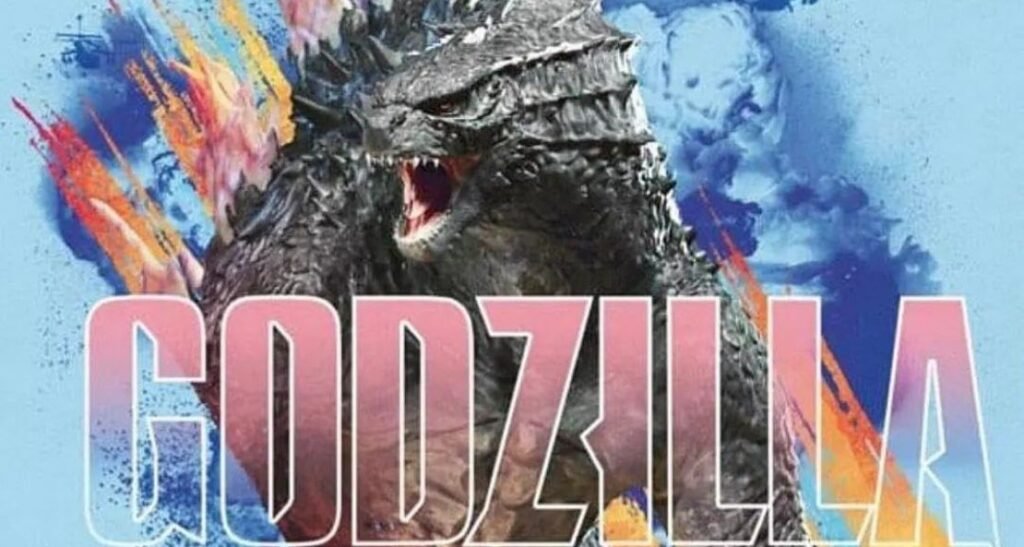Since its debut in 1954, the Godzilla franchise has captivated audiences worldwide, bringing the King of the Monsters to life in over 30 films.
Originating as an atomic monster, Godzilla has maintained a prominent place in the kaiju genre, wreaking havoc and battling other monsters like King Ghidorah, Rodan, Mechagodzilla, and Mothra for over 65 years.
This comprehensive guide aims to explore all Godzilla movies, provide the ultimate Godzilla movie ranking, and offer a chronological order for both new fans and seasoned aficionados of the genre.
Godzilla Movies in Order: A Timeline Across Eras
For those who want to watch every Godzilla movie in the proper order, here is the ultimate timeline of Godzilla’s evolution, categorised into the distinct eras of the franchise.
These eras reflect both the shifts in tone and the overarching themes that have defined the Godzilla saga over the years.
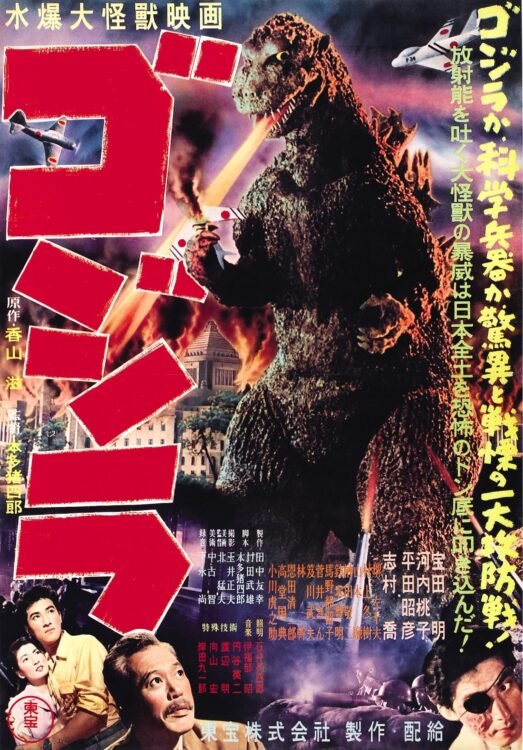
1. Showa Era (1954–1975) The Showa era marks the beginning of Godzilla’s story, introducing audiences to iconic kaiju battles and establishing Godzilla as both a destructive force and later a reluctant protector. This era includes classics like:
- Godzilla (1954): The original film that started it all, a grim allegory for nuclear warfare.
- King Kong vs. Godzilla (1962): A historic crossover blending Eastern and Western monster mythologies.
- Destroy All Monsters (1968): A massive team-up of Earth’s kaiju to fend off an alien invasion.
- Godzilla vs. Hedorah (1971): Also known as Godzilla vs. the Smog Monster, this film reflects the environmental movement of the time, portraying Godzilla as Earth’s protector against pollution.
- Terror of Mechagodzilla (1975): The final film of the Showa era, featuring Godzilla’s battle against Mechagodzilla and Titanosaurus.
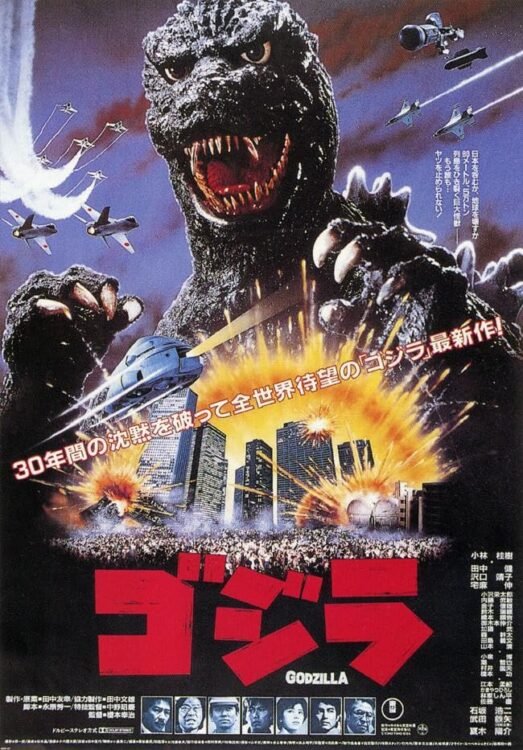
2. Heisei Era (1984–1995) The Heisei era is known for its darker tone, continuity between films, and a deeper exploration of Godzilla’s biological nature. Notable entries include:
- The Return of Godzilla (1984): A reboot that ignores everything after the original film, reviving Godzilla as a fearsome force of nature.
- Godzilla vs. Biollante (1989): A unique story that introduces Biollante, a plant-based kaiju representing the dangers of genetic engineering.
- Godzilla vs. King Ghidorah (1991): This film reimagines the origins of both Godzilla and King Ghidorah, introducing time travel and exploring the ethical implications of altering history.
- Godzilla vs. Destoroyah (1995): An apocalyptic battle that concludes with Godzilla’s heartbreaking nuclear meltdown, making this one of the most emotional Godzilla films.
3. Millennium Era (1999–2004) This era is characterised by stand-alone stories, each set in its own continuity while retaining a connection to the original Godzilla (1954).
- Godzilla 2000: Millennium (1999): A new chapter with Godzilla battling the alien kaiju Orga.
- Godzilla, Mothra, and King Ghidorah: Giant Monsters All-Out Attack (2001): Godzilla returns as a malevolent force, while Mothra, King Ghidorah, and Baragon are portrayed as guardian monsters.
- Godzilla Against Mechagodzilla (2002): Introduces Kiryu, a cyborg Mechagodzilla built from the bones of the original 1954 Godzilla, adding a tragic dimension to the battle.
- Godzilla: Tokyo S.O.S. (2003): A direct continuation of Godzilla Against Mechagodzilla (2002), featuring the cyborg Mechagodzilla, also known as Kiryu.
- Godzilla: Final Wars (2004): Celebrating Godzilla’s 50th anniversary, this film features an all-out battle between Godzilla and almost every kaiju from the franchise, including King Ghidorah, Rodan, and Gigan.
4. Reiwa Era (2016–Present) The Reiwa era embraces a variety of formats, including live-action films, anime, and more experimental takes on the Godzilla mythos.
- Shin Godzilla (2016): A modern reimagining of Godzilla, focusing on government bureaucracy and disaster response.
- Godzilla: Planet of the Monsters (2017): The first in a trilogy of anime films exploring a post-apocalyptic future where Godzilla has taken over Earth.
- Godzilla: City on the Edge of Battle (2018): The sequel to Planet of the Monsters, featuring a new Mechagodzilla City as humanity’s last hope.
- Godzilla: The Planet Eater (2018): The final film in the anime trilogy, where Godzilla faces King Ghidorah in an interdimensional showdown.
- Godzilla Minus One (2023): The latest film, set in postwar Japan, that re-establishes Godzilla as a symbol of terror and resilience.
Key Battles: Godzilla vs [Monster]
One of the defining features of the Godzilla franchise is its epic battles against other monsters. Here are some of the most iconic Godzilla matchups:
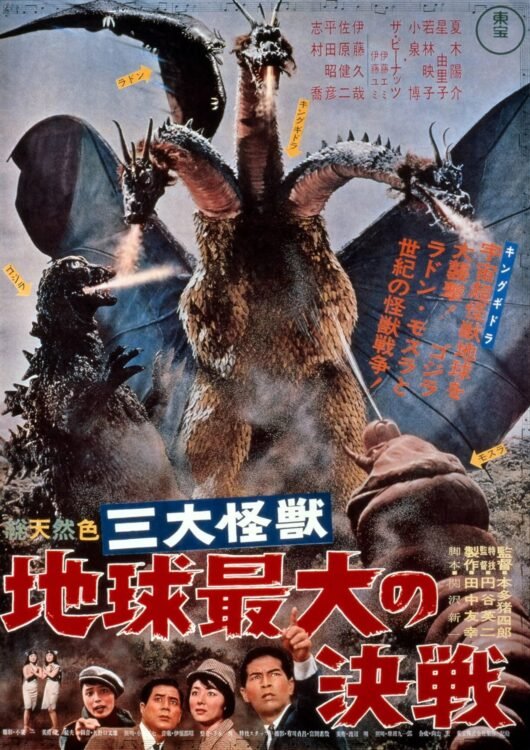
- Godzilla vs. King Ghidorah: This recurring rivalry has been a staple since Ghidorah, the Three-Headed Monster (1964). The Heisei-era Godzilla vs. King Ghidorah (1991) gives a new origin to both Godzilla and Ghidorah, including a battle featuring Mecha-King Ghidorah.
- Godzilla vs. Mechagodzilla: First appearing in Godzilla vs. Mechagodzilla (1974), Mechagodzilla remains one of Godzilla’s fiercest foes. The Millennium version, Kiryu, is built from the bones of the original Godzilla, adding an emotional layer to their confrontations.
- Godzilla vs. SpaceGodzilla: In Godzilla vs. SpaceGodzilla (1994), Mothra accidentally exposes Godzilla’s cells to energy from a black hole, creating SpaceGodzilla. This battle introduces a formidable doppelgänger with telekinetic powers, pushing Godzilla to his limits.
- Godzilla vs. Destoroyah: The climax of the Heisei era, featuring Godzilla’s emotional struggle against Destoroyah, a monster born from the weapon that killed the original Godzilla in 1954.
- Godzilla vs. Kong: In Godzilla vs. Kong (2021), two legendary titans face off in a blockbuster battle that culminates in their team-up against Mechagodzilla, showcasing the power of both monsters and their ability to coexist.
Godzilla’s Evolution and Cultural Impact
Since its inception, Godzilla has transformed from a metaphor for nuclear devastation to a multifaceted character embodying a range of themes—from environmentalism to the human condition.
During the Showa era, Godzilla was depicted as a symbol of atomic fear, reflecting the anxieties of post-war Japan.
Films like Godzilla vs. Hedorah (1971)expanded the thematic scope to include environmental concerns, featuring a smog monster that represented pollution.
In the Heisei era, Godzilla’s biology and origins became more pronounced, with a focus on genetic engineering, time travel, and the ethical implications of scientific experimentation.
The Millennium era further explored Godzilla’s complex identity, with films often positioning him as both a destroyer and a reluctant saviour.
In recent years, the Reiwa era and the Monsterverse collaborations have re-established Godzilla as a cultural icon, embracing both Eastern and Western sensibilities.
Shin Godzilla took a modern approach, critiquing bureaucracy and crisis management, while Hollywood’s Godzilla vs. Kong (2021) turned the iconic kaiju into a blockbuster phenomenon embraced by a global audience.
Godzilla’s cultural impact extends beyond the screen, influencing various media, including comics, video games, and merchandise.
The character has become a symbol of resilience, often adapting to reflect the concerns and fears of each generation.
From environmental destruction to government inadequacy, Godzilla continues to serve as a mirror to societal issues, making the franchise more than just a series of monster movies.
American and Japanese Versions: A Comparative Look
The Godzilla franchise has seen multiple iterations, including several American adaptations.
The first Hollywood attempt, Godzilla (1998), directed by Roland Emmerich, received criticism for straying too far from the original concept—transforming Godzilla into a more dinosaur-like creature that lacked the symbolic depth of Toho’s version.
In contrast, Legendary Pictures’ Godzilla (2014) and its subsequent Monsterverse films, including Godzilla: King of the Monsters (2019) and Godzilla vs. Kong (2021), garnered a more positive response for respecting the franchise’s origins while modernising the story for new audiences.
While the American versions focus on blockbuster action and spectacle, the Japanese films often delve deeper into allegorical storytelling.
Shin Godzilla, for example, served as a powerful critique of government inefficiency, reflecting the Japanese public’s frustration with the handling of real-world crises.
The Monsterverse films, on the other hand, emphasise Godzilla as a larger-than-life hero, a protector of balance within nature.
Notable Monsters and Allies from Different Eras
The Godzilla universe is filled with an extensive roster of monsters, each with their own unique backstory and abilities. Some key players include:
- Mothra: Often depicted as a benevolent guardian, Mothra plays a major role in several films, such as Mothra vs. Godzilla (1964) and Godzilla: Tokyo S.O.S. (2003). Known for her ethereal beauty and larval form, Mothra often sacrifices herself to protect humanity.
- Mechagodzilla: First introduced in Godzilla vs. Mechagodzilla (1974), Mechagodzilla has appeared in multiple forms across different eras, with the Kiryu version being particularly notable for its emotional connection to the original Godzilla. Built from the bones of the original, Kiryu adds an element of tragedy and internal conflict to the Godzilla saga.
- King Ghidorah: Godzilla’s archenemy, Ghidorah, is a three-headed dragon from space, first appearing in Ghidorah, the Three-Headed Monster (1964). Ghidorah is featured prominently in the Monsterverse’s Godzilla: King of the Monsters (2019), where he is portrayed as a rival alpha, threatening the balance of Earth’s titans.
- Rodan: A pteranodon-like kaiju, Rodan has been both an enemy and an ally of Godzilla. Introduced in Rodan (1956) and later appearing in Ghidorah, the Three-Headed Monster (1964), Rodan plays a crucial role in the Monsterverse, particularly in Godzilla: King of the Monsters (2019).
- Biollante: A unique kaiju introduced in Godzilla vs. Biollante (1989), Biollante is a genetic hybrid of Godzilla and plant cells. Representing the consequences of unchecked scientific ambition, Biollante’s tragic origin story and immense power make her one of Godzilla’s most formidable opponents.
Where to Watch All Godzilla Movies
Wondering where to watch these iconic films? The Godzilla movies are available on various streaming platforms:
- Showa Era Films: Available on Criterion Channel and Prime Video.
- Heisei Era Films: Streaming on platforms like HBO Max and available for rent on Vudu.
- Millennium and Reiwa Era Films: Accessible on Netflix and Amazon Prime, with newer releases like Godzilla Minus One available in theaters and through select on-demand services.
- Monsterverse Films: Available on HBO Max and other major streaming services, including Godzilla (2014), Godzilla: King of the Monsters (2019), and Godzilla vs. Kong (2021).
Conclusion
This guide to Godzilla movies provides a comprehensive look at the King of the Monsters’ cinematic journey, ensuring both newcomers and longtime fans have everything they need for their ultimate monster marathon.
From key battles and cultural impact to different eras and iconic monsters, Godzilla continues to be a symbol of resilience, reflection, and rebirth—and he’s not going anywhere soon.
FAQs
What is the top-rated Godzilla movie?
The Godzilla film with the highest rating is “Godzilla vs. Destoroyah” (1995), with a perfect score of 100%.
It is followed by “Godzilla Minus One” (2023) and the original “Godzilla” (1954), with ratings of 98% and 93%, respectively.
Other highly rated Godzilla movies include “Shin Godzilla” (2016), “Mothra vs. Godzilla” (1964), and “Godzilla vs. Mechagodzilla” (1974).
Why does Godzilla appear pink in some scenes?
In “Godzilla x Kong: The New Empire,” Godzilla’s power changes colour from blue to pink.
This shift is explained in the ninth episode of “Monarch: Legacy of Monsters.”
It is revealed that while the Hollow Earth energy source pursued by APEX in “Godzilla vs. Kong” is blue, the Hollow Earth contains various energy types, including pink.
Is Godzilla characterised as a hero or a villain?
Godzilla’s role varies throughout the series. Although he is often the main protagonist, he has also played the antagonist in several films.
Godzilla is known for destructive behaviours such as levelling cities, fighting against humanity, and causing global chaos.
Which Godzilla film is considered the most frightening?
For those seeking a terrifying Godzilla experience, “Godzilla Against Mechagodzilla” (2002) is recommended.
This film is recognised for its successful combination of Toho’s traditional Godzilla style with the excitement and intensity of a contemporary monster movie.
What is the strongest version of Godzilla?
The strongest version is often considered to be Burning Godzilla from Godzilla vs. Destoroyah (1995), where Godzilla’s power reaches a critical level due to an internal nuclear meltdown.
Which Godzilla movies feature Mechagodzilla?
Mechagodzilla appears in Godzilla vs. Mechagodzilla (1974), Terror of Mechagodzilla (1975), Godzilla Against Mechagodzilla (2002), and Godzilla vs. Kong (2021), among others.
How many Godzilla movies are there?
As of now, there are 38 films: 33 produced by Toho and 5 American adaptations, spanning from 1954 to 2024.
What are the different eras of Godzilla films?
The Godzilla films are divided into four eras: the Showa Era (1954–1975), Heisei Era (1984–1995), Millennium Era (1999–2004), and Reiwa Era (2016–Present).
Each era reflects different themes, tones, and storytelling approaches, from the allegorical beginnings of the Showa era to the blockbuster spectacle of the Reiwa and Monsterverse films.
How did Godzilla become a cultural icon?
Godzilla became a cultural icon by evolving with the times. Originally a metaphor for the devastation of nuclear weapons, Godzilla’s character has shifted to reflect societal issues such as environmental destruction, government incompetence, and humanity’s relationship with nature.
The enduring popularity of Godzilla is due in part to the monster’s versatility, being portrayed as both a destructive force and a protector, which resonates with audiences globally.
Why are there different versions of Godzilla in American and Japanese films?
The differences between American and Japanese versions of Godzilla stem from cultural perspectives and audience expectations.
Japanese films often focus on allegory and societal critique, while American adaptations emphasize spectacle and action.
For example, Shin Godzilla critiques government response to crises, while the Monsterverse’s Godzilla (2014) and Godzilla vs. Kong (2021) focus on blockbuster battles and larger-than-life heroics.
What are some lesser-known kaiju in the Godzilla franchise?
Some lesser-known kaiju include Kumonga (a giant spider from Son of Godzilla), Ebirah (a giant lobster from Ebirah, Horror of the Deep), and Titanosaurus (an aquatic dinosaur-like monster from Terror of Mechagodzilla).
These monsters, while not as famous as Mothra or King Ghidorah, add depth to the expansive Godzilla universe and provide unique challenges for Godzilla to overcome.
You might also like:
- Batman Movies in Order: A Complete Guide to the Caped Crusader’s Cinematic Journey
- The Ultimate Guide to Watching Resident Evil Movies in Order
- The Ultimate Guide to Watching Star Wars Movies: A Journey Through the Galaxy
- Jack Ryan Movies: A Thrilling Journey Through the Series
- Scream Movies in Order: A Complete Guide to Watching the Iconic Horror Franchise
- The Best Sci-Fi Movies on Amazon Prime Video
